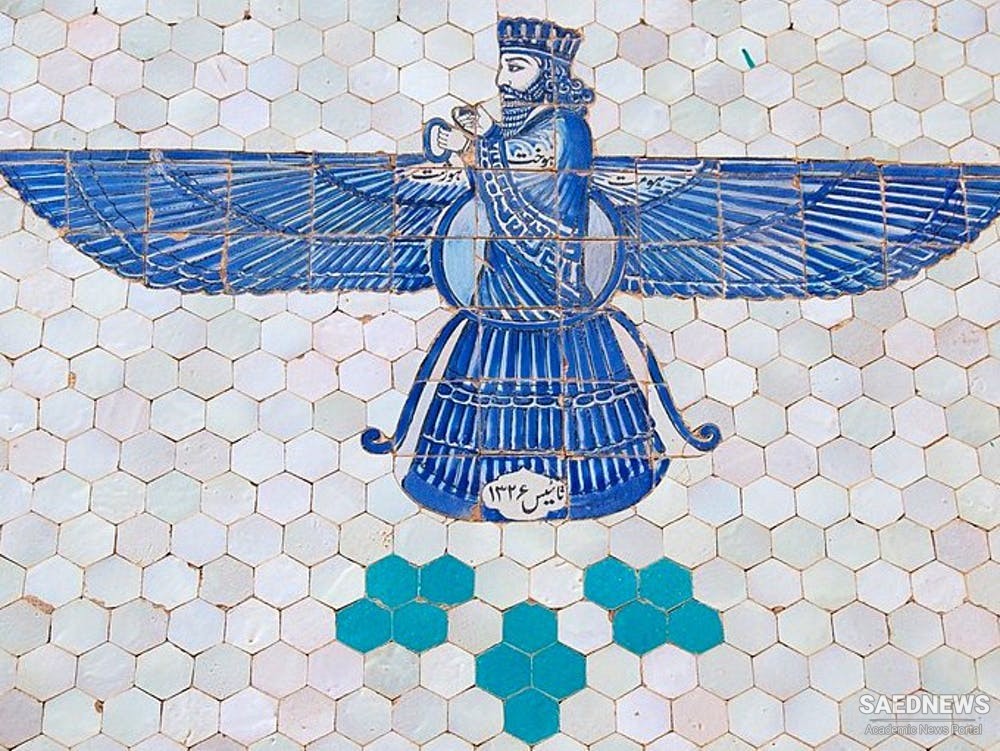Unlike the Jews and Christians, Zoroastrians did not feel compelled to record all the aspects of their history. As Muslim Iranians considered themselves also heirs of Zoroastrianism and pre-Islamic Iran, they produced literature relevant to both Muslims and Zoroastrians. Many treatises were produced by first and second generation Muslims of Zoroastrian background like Ibn Muqaffa (720-756) and Ibn Khurdadbih (820-912). Ibn Muqaffa is a very good example of a Zoroastrian apostate who provided the Arabo-Islamic civilization with some of its most celebrated literary works, by translating from Middle Persian into Arabic the Kalila wa Dimna and the Khudai-nama (Siyar Muluk al-Ajam). He wrote in Arabic Al-Durra al-Yatima fi Ta'at al-Muluk and Al-Adab al-Saghir. Thanks to his Kitab al-Masalik wa'l Mamalik, Ibn Khurdadbih made available to the Arab speaking world a wide range of material from Persian sources. We know that he also held an important office in the Abbasid government, like his father before him. Certainly, Ibn Muqaffa and Ibn Khurdadbih were not the only ones in whose literary accomplishments Zoroastrian cultural influence has been detected; however, they are probably the best examples of the new converts who acted as a medium between their Iranian heritage and the new Islamic creed established in their land. Many of the Muslim poets and historians of this period needed the collaboration of fellow Zoroastrians who still had the knowledge of Pahlavi scripture, for deciphering older manuscripts in order to accomplish their own work. There were references to literary works in Pahlavi literature such as the Jamasp-nama and Zarathusht-nama written in 978 by a Zoroastrian author of Rayy named Kaykavus Kaykhusraw. Around the same time the illustrious Abu al-Qasim Firdawsi began writing his Shah-nama. As some of their themes overlap, there is a chance that they used similar sources. Likewise the Tarikh-i Sistan, which was written at a later period (between the 11th and the 14th century), draws on many legends and stories from Zoroastrian books, and moreover, one of the authors of the book makes use of the Zoroastrian calendar for dating the events he recorded. Therefore there was clearly an interaction between Iranian Muslim and Zoroastrian scholars, especially after the Saffarid period during which an interest in the Persian language and history had been fostered.


 Zoroastrianism and Best Order of Universe
Zoroastrianism and Best Order of Universe














































